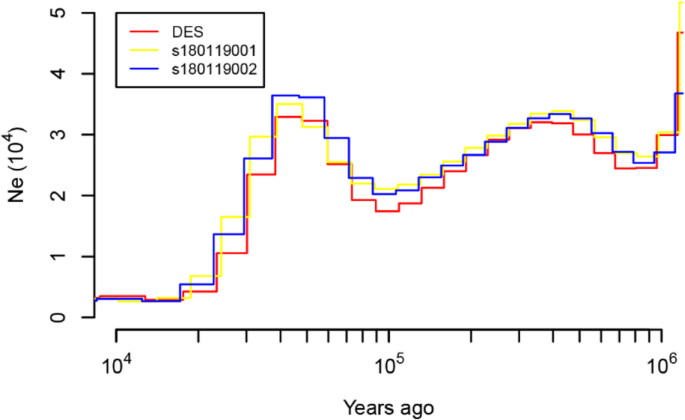
The fact that circular RNAs are targeted by endogenous miRNAs was reported by Hansen et al.

Using high-throughput sequencing libraries they have identified more than 25,000 distinct RNA species in human fibroblasts that contain non-collinear exons and were reproducibly enriched by exonuclease degradation of linear RNA ( Jeck et al., 2013). Jeck et al suggested that endogenous circular RNAs are abundant, stable, conserved and non-random products of RNA splicing and may have roles to play in control of gene expression. Circular non-polyadenylated RNA molecules have been identified as stable transcription products of the human ETS-1 and mouse Sry genes ( Dubin et al., 1995). A study by Capel et al found circular RNA in Sex Determining Region Y (SRY) which is highly expressed in testes ( Capel et al., 1993). Often the expressions of these circular RNAs show tissue specificity or even specificity to developmental stages. A number of the identified circular RNAs were further experimentally tested by Memczak et al in HEK293 cells.

Memczak et al have identified 2000 human, 1900 mouse, and 700 nematode circular RNAs from sequencing data ( Memczak et al., 2013). (2013), circular RNAs were identified by high throughput sequencing of the ribosome-depleted fraction of RNA treated by RNase R (RNase R exonuclease degrades linear RNAs but leaves circRNAs unaffected), combined with a bioinformatic algorithm. Like the previously reported circular RNAs in archea ( Grabowski et al., 1981), unicellular organisms (Tetrahymena thermophila) ( Danan et al., 2012) and plants ( Sanger et al., 1976), animal genomes abundantly express many circular RNAs from diverse genomic locations, such as coding and non-coding exons, intergenic regions or transcripts antisense to 5′ and 3′UTRs ( Jeck et al., 2013). These circular transcripts were previously thought to be scarcely expressed until recently, when thousands of circular RNA transcripts were identified in both human and mouse by two independent studies by Jeck et al. We compiled a database of disease-circRNA association in Circ2Traits ( ), the first comprehensive knowledgebase of potential association of circular RNAs with diseases in human.Ĭircular RNAs, formed by covalent linkage of the ends of a single RNA molecule, are newly discovered RNAs that sponge miRNAs to block their function ( Memczak et al., 2013). Secondly, disease associated SNPs were mapped on circRNA loci, and Argonaute (Ago) interaction sites on circular RNAs were identified. We carried out gene ontology (GO) enrichment analysis on the set of protein coding genes in the miRNA- circRNA interactome of individual diseases to check the enrichment of genes associated with particular biological processes. For the miRNAs associated with individual diseases, we constructed a network of predicted interactions between the miRNAs and protein coding, long non-coding and circular RNA genes. Firstly, the interactions of circRNAs with disease associated miRNAs were identified, following which the likelihood of a circRNA being associated with a disease was calculated.

In this paper we studied the potential association of circular RNAs (circRNA) with human diseases in two different ways. Their interaction with disease associated miRNAs indicates that circular RNAs are important for disease regulation. Circular RNAs play a crucial role in fine tuning the level of miRNA mediated regulation of gene expression by sequestering the miRNAs. A recent study has validated a fairly large number of circular RNAs in human, mouse, and nematode. Animal genomes express many circular RNAs from diverse genomic locations.

3School of Bioscience and Engineering, Jadavpur University, Kolkata, IndiaĬircular RNAs are new players in regulation of post transcriptional gene expression.1Computational Biology Group, Theory Department, Indian Association for the Cultivation of Science, Kolkata, India.Suman Ghosal 1, Shaoli Das 1, Rituparno Sen 2, Piyali Basak 3 and Jayprokas Chakrabarti 1,2 *


 0 kommentar(er)
0 kommentar(er)
